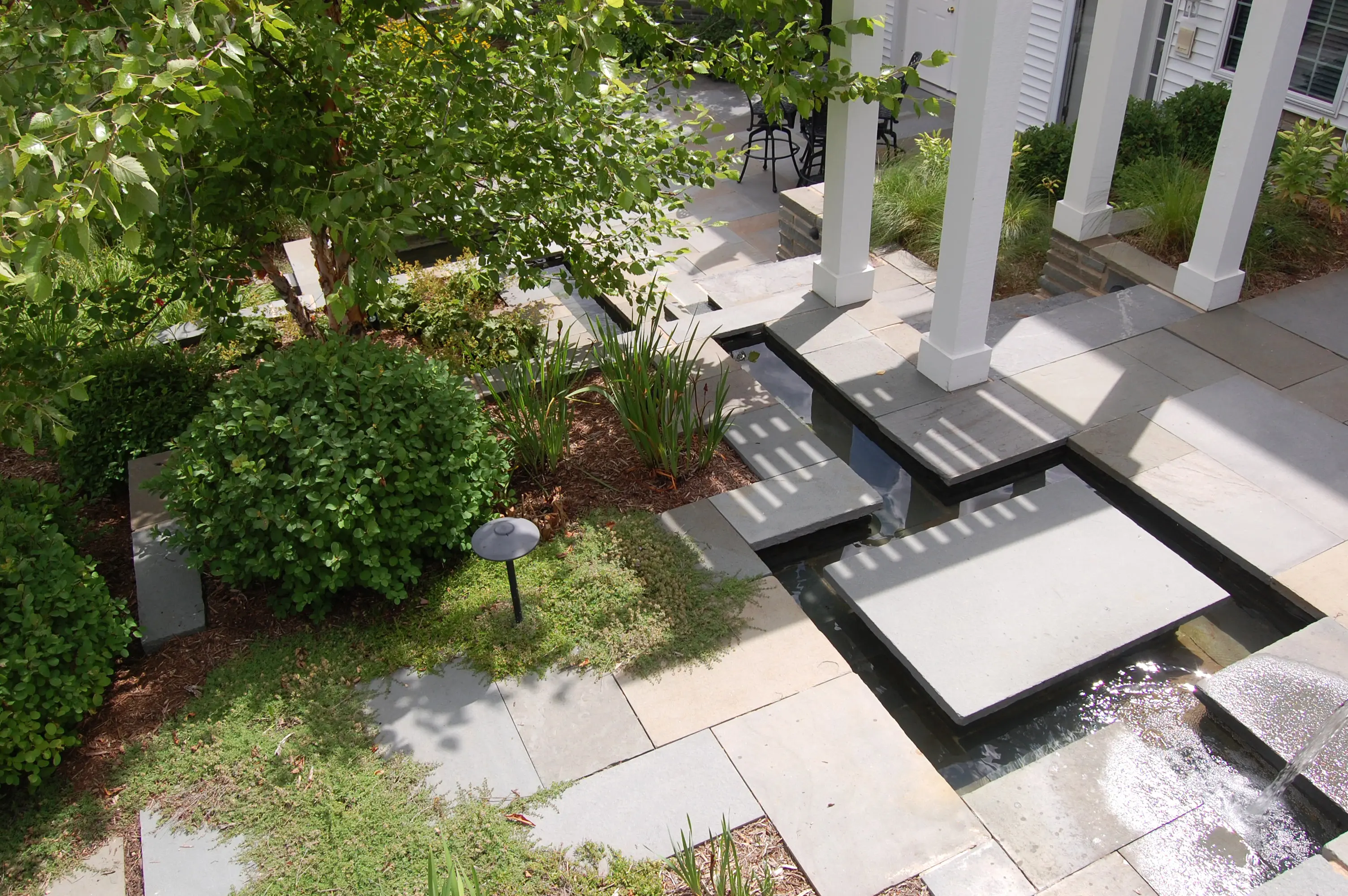
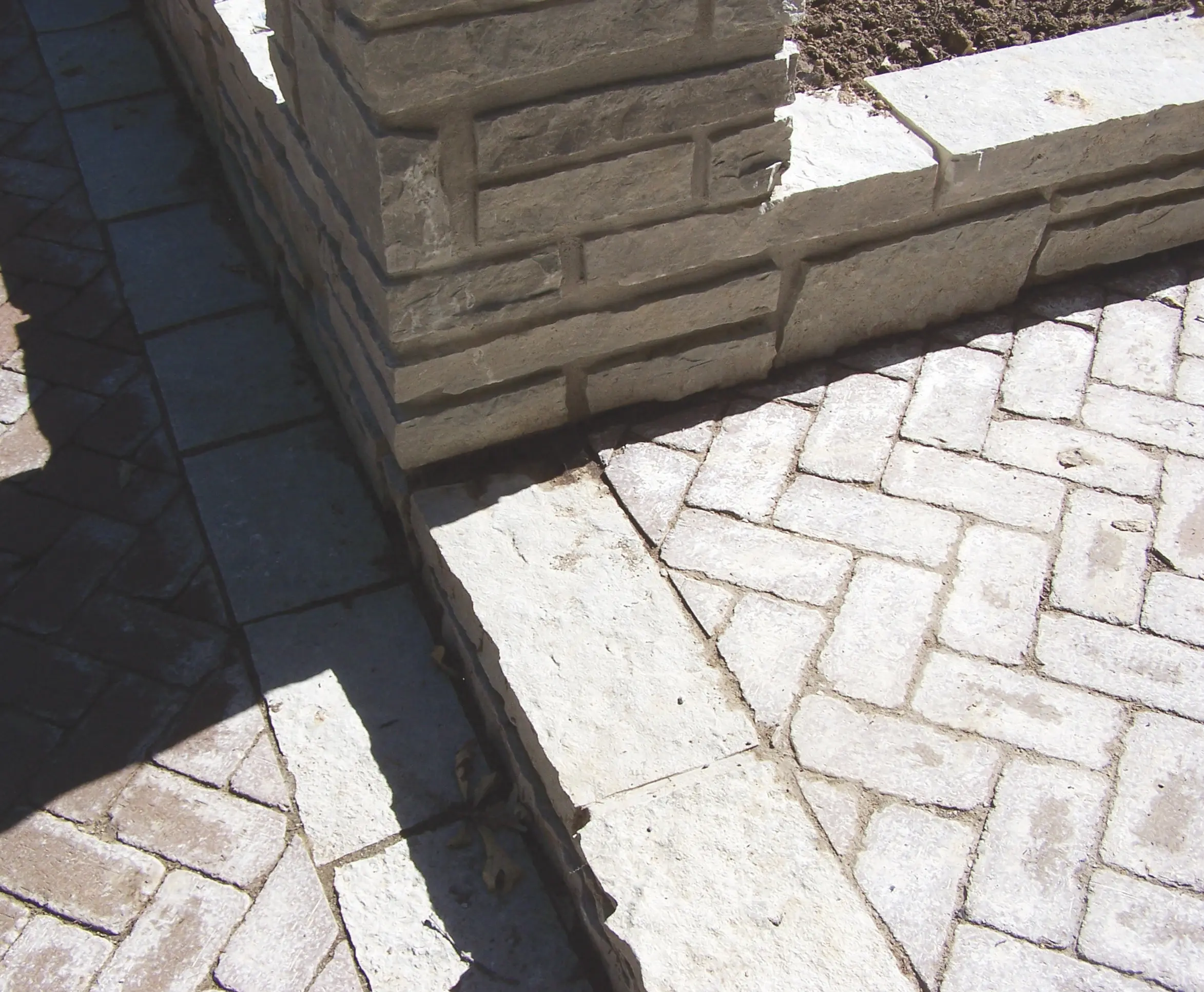
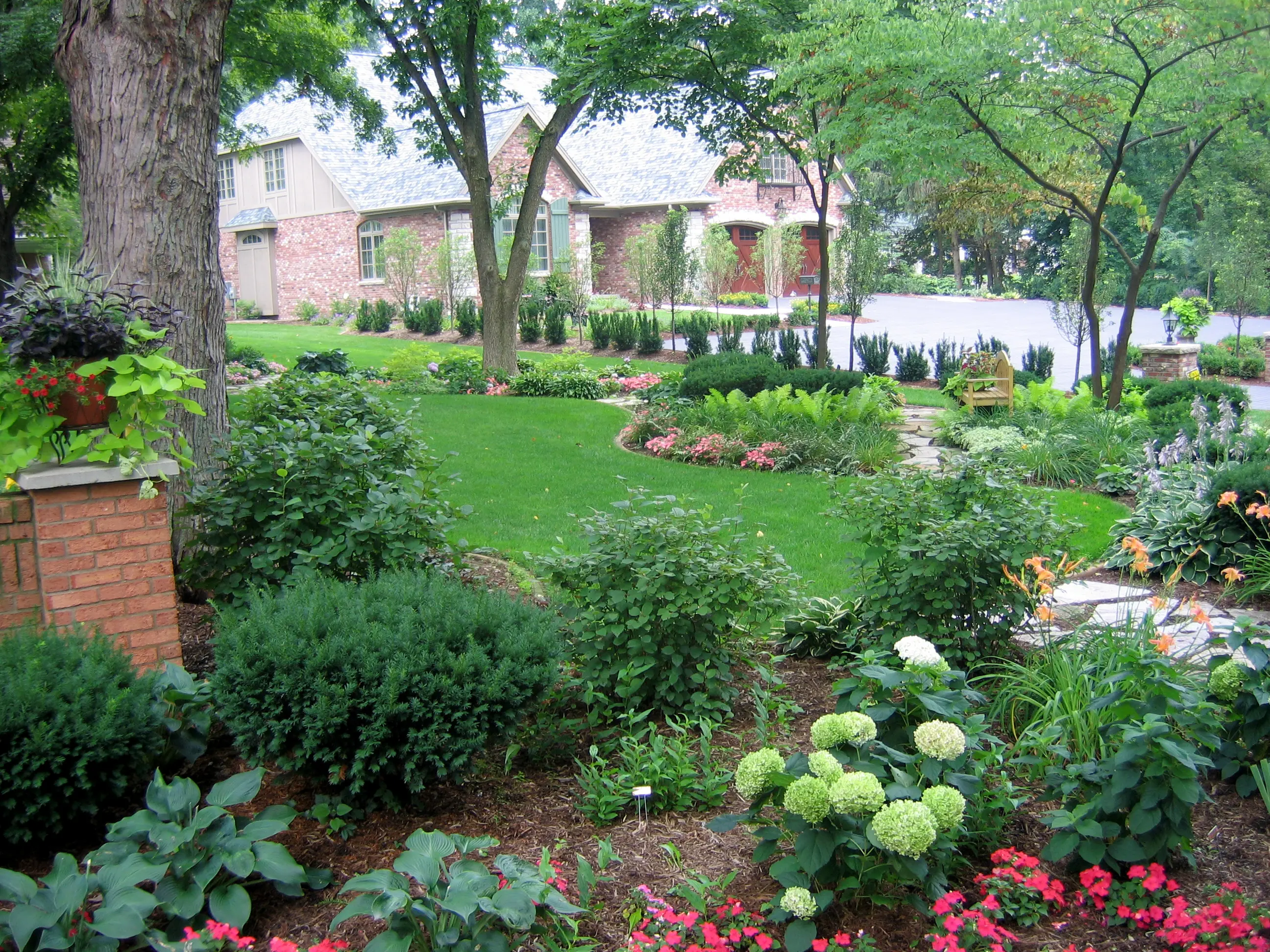
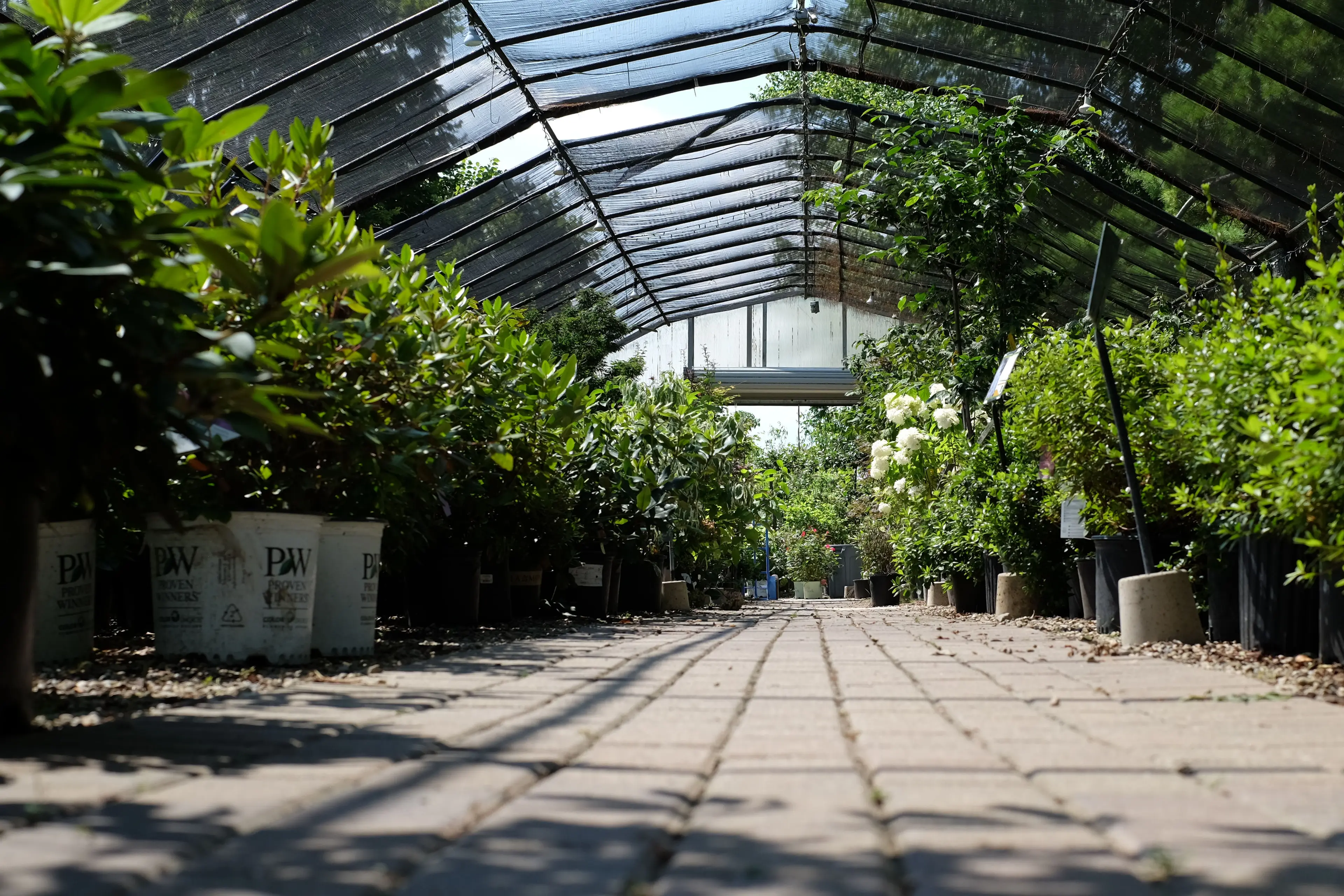
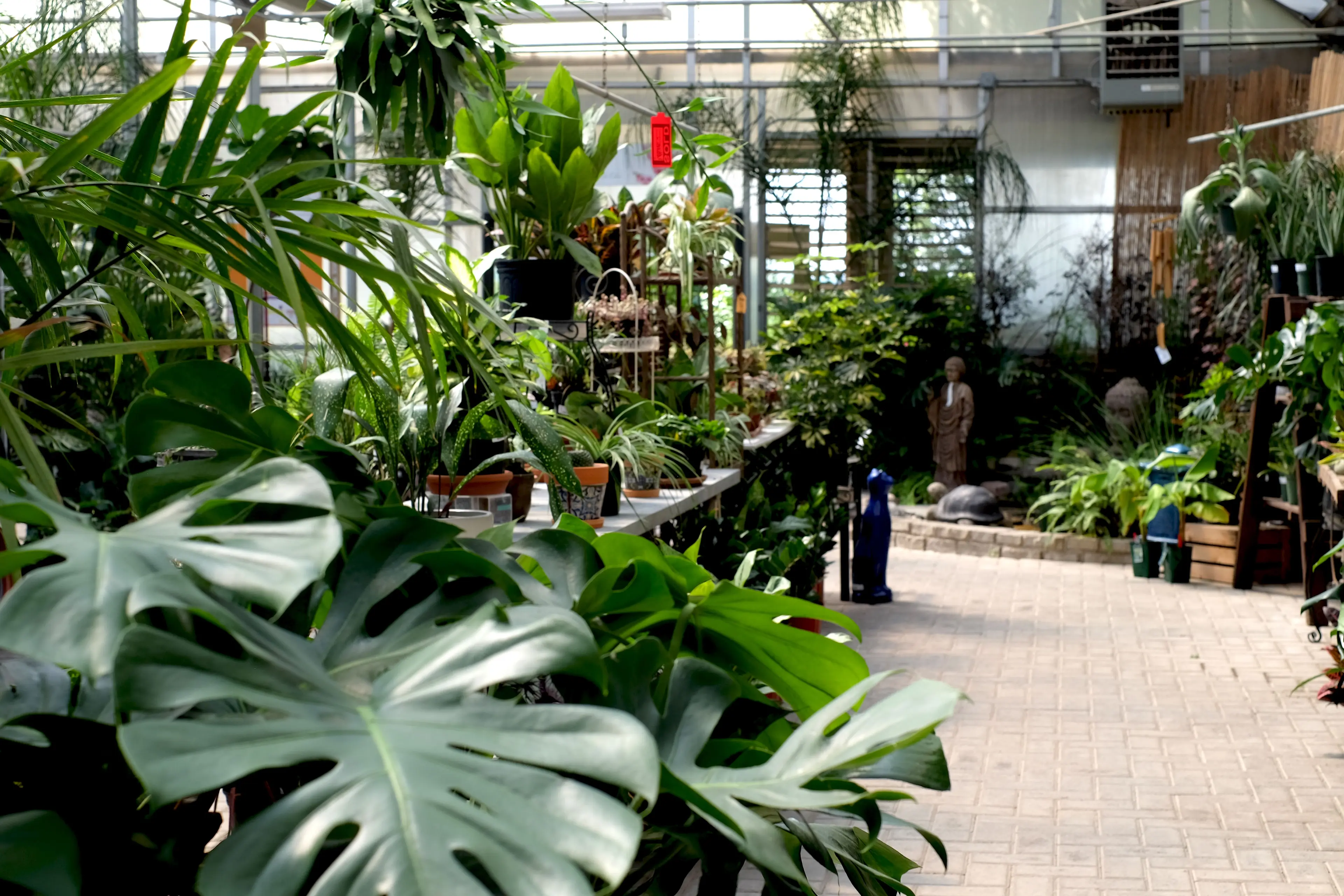
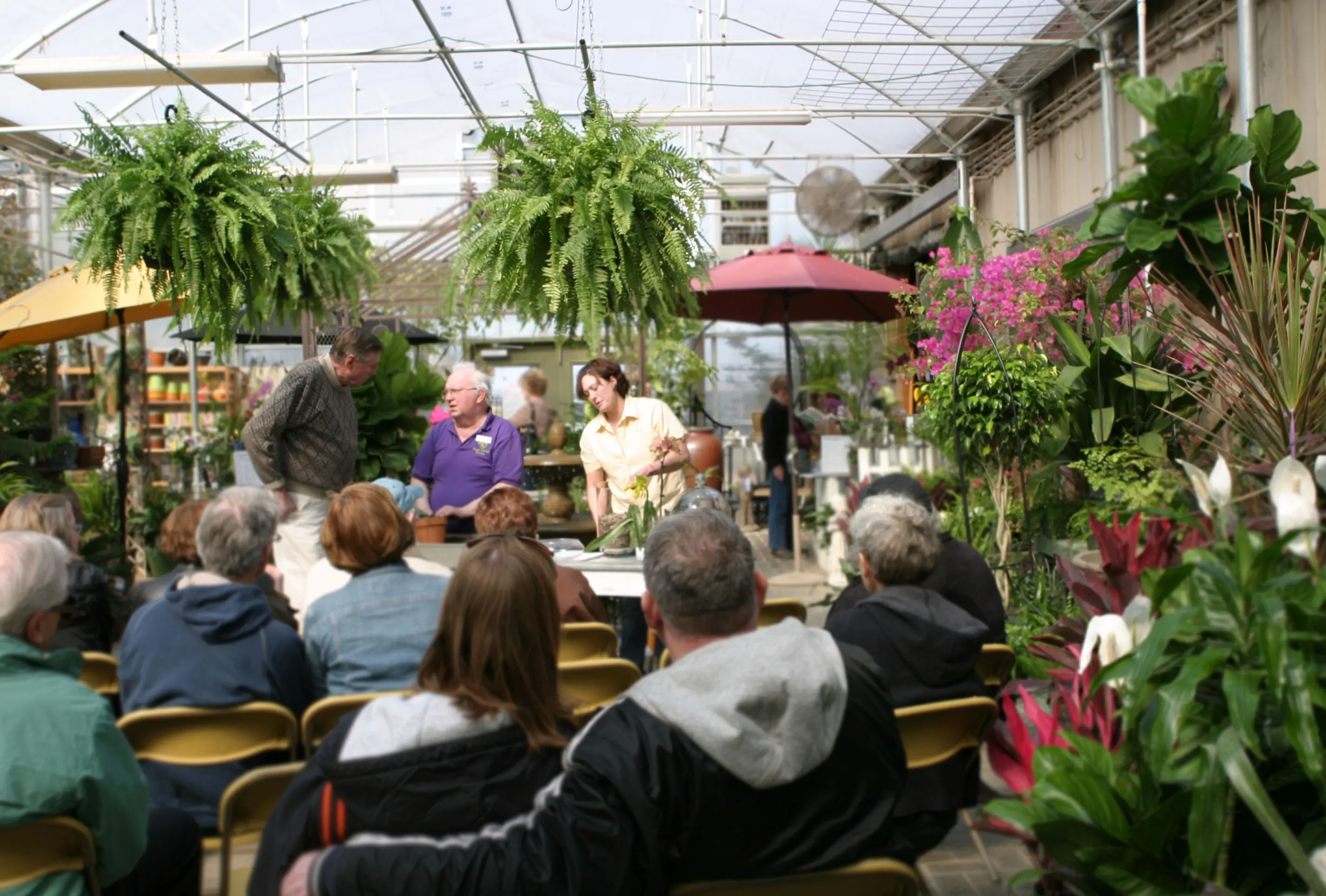
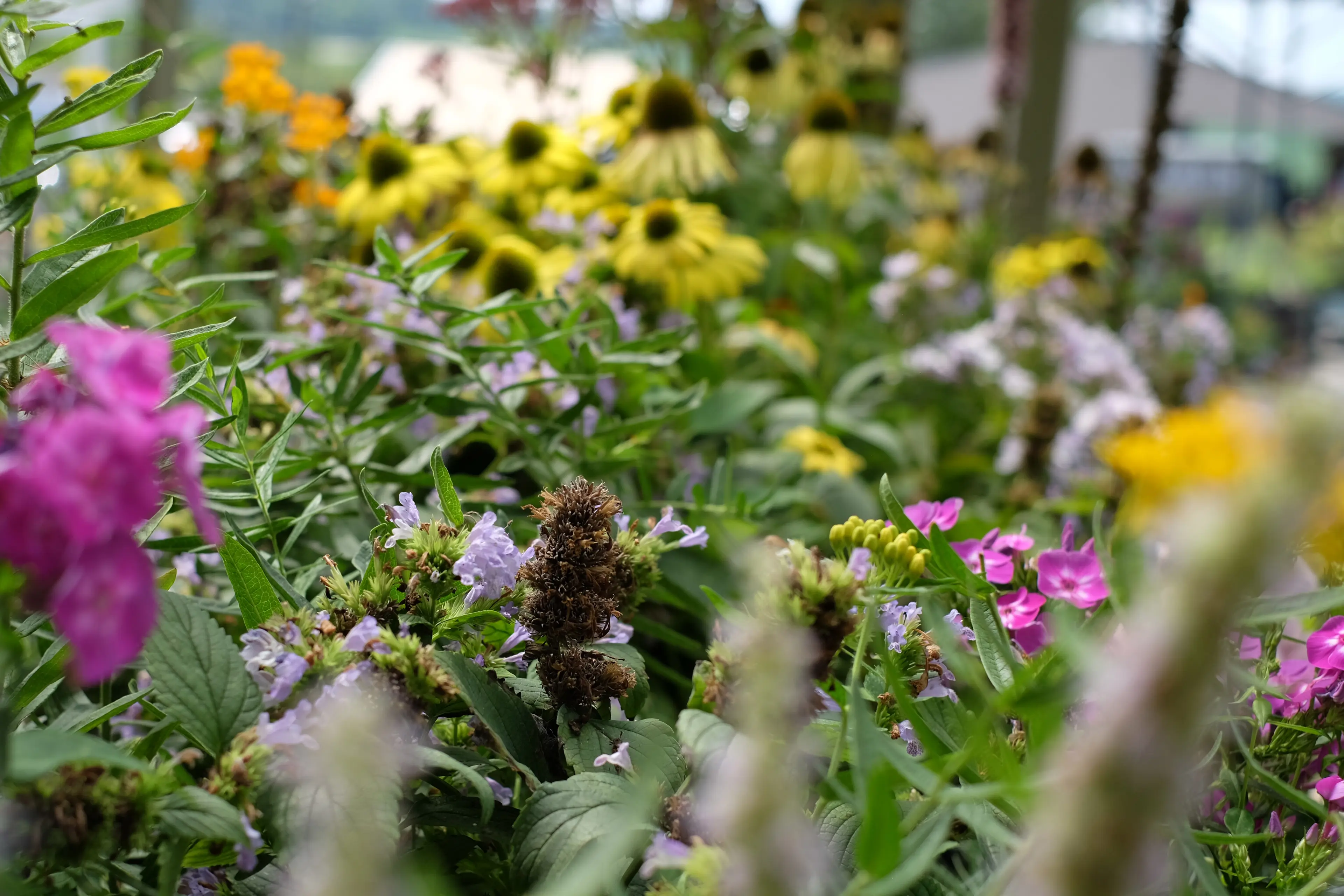

Maintenance
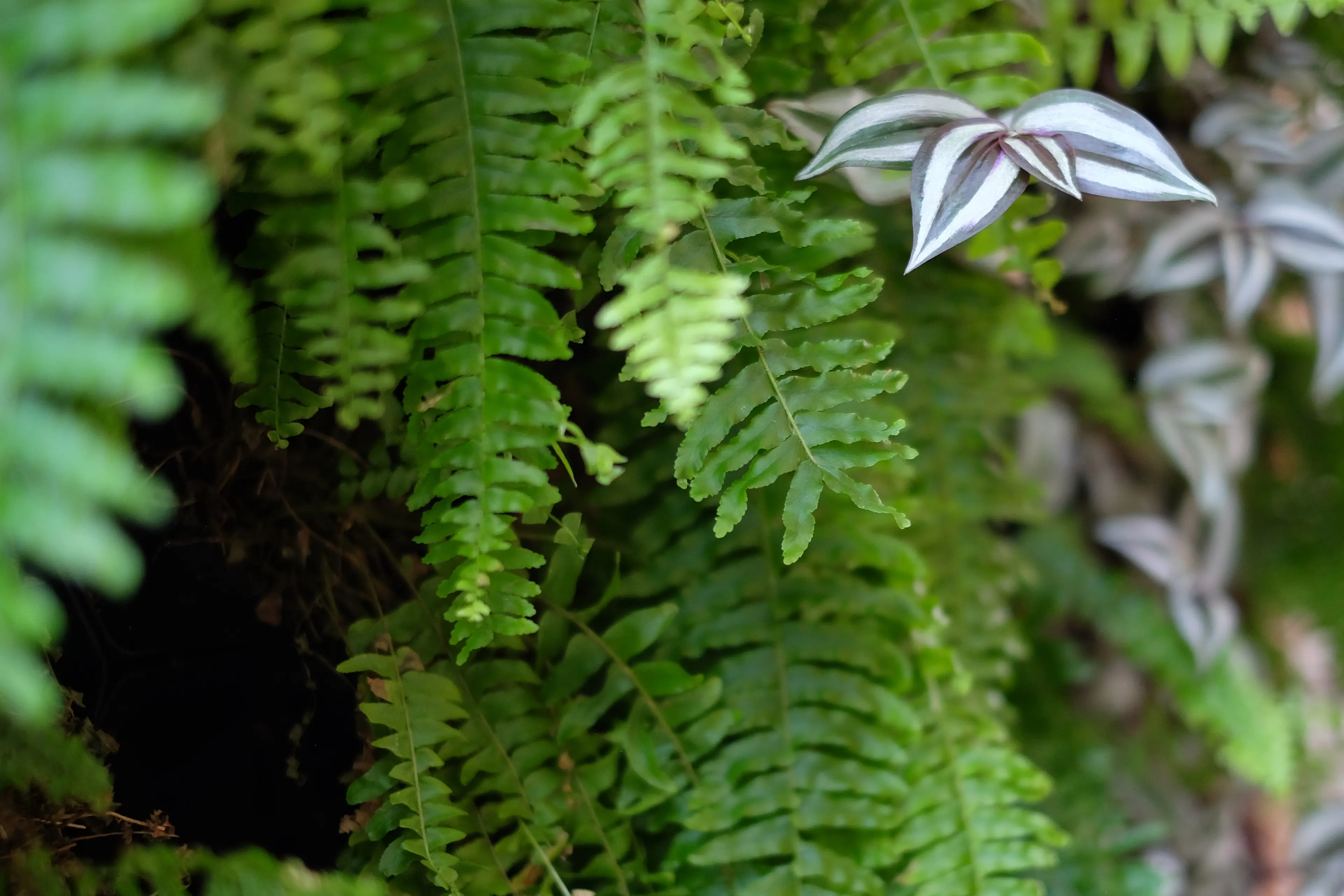
Pollinator Gardens

Here at Green View, our days are filled with planting, trimming, pruning, and nurturing the natural wonders that beautify our surroundings. But today, I want to bring your attention to an often-overlooked aspect of landscaping - Pollinator Gardens. In essence, these are specialized gardens that aim to provide a supportive environment for pollinators. This humble backyard endeavor is perhaps one of the simplest and most rewarding ways you can help the environment.
Now, you might be wondering - what are pollinators, and why should we care?
To put it simply, pollinators are the lifeline of our ecosystem. Bees, butterflies, hummingbirds, beetles, and even bats are some of the important pollinators that help fertilize plants by carrying pollen from flower to flower. This process results in the production of fruits and seeds, supporting much of the world's food supply.
However, pollinators are in trouble. Pesticides, habitat loss, diseases, and climate change are threatening their survival. According to the National Wildlife Federation, populations of some pollinators, especially bees, and butterflies, have declined sharply in recent years. This decline can have severe implications for our food systems and biodiversity.
So how can we help? By creating pollinator gardens.
A pollinator garden is designed to attract and support these invaluable creatures. It's filled with native and non-invasive flowering plants that provide nectar and pollen throughout the year, creating a buffet for our buzzing friends. These gardens can be of any size - a window box, a small section of your yard, or even a vast field.
Let's look at how you can create a simple pollinator garden in your backyard.
Choose the Right Plants:
To attract a wide variety of pollinators, it's important to have a diversity of plants. Flowers of different colors, shapes, and bloom times can cater to various species of pollinators. Native plants are usually the best choice, as they have evolved alongside the local pollinators and are well-suited to meet each other's needs. Consult with your local garden center or extension service to determine the best plants for your area.
Provide a Source of Water:
Like all creatures, pollinators need water. A shallow dish with small stones for landing spots or a birdbath with landing pads can serve as a watering hole for pollinators.
Avoid Using Pesticides:
Pesticides can be deadly to pollinators. Even low levels can impair their ability to navigate or reproduce. If you must use a pesticide, opt for a less toxic one and apply it at night when most pollinators are inactive.
Provide Shelter:
Pollinators need places to nest and overwinter. Leave some areas of your garden untidy with fallen leaves or twigs. These can provide natural shelters for many pollinators.
Include Host Plants:
Many species of butterflies have specific host plants on which they lay their eggs and the caterpillars feed. Including these in your garden can help support the entire lifecycle of these beautiful creatures.
At this point, you might be thinking - "I'm just one person with one garden; how much of an impact can I truly have?"
The answer is a lot.
Remember, gardens, no matter how small, collectively can create large habitats for pollinators. By transforming our landscapes from green deserts of lawn to vibrant habitats, we can create a network of mini sanctuaries for pollinators.
But the benefits don't stop at helping pollinators.
Creating a pollinator garden can have other environmental benefits. Native plants typically require less water and fewer inputs like fertilizers and pesticides compared to traditional lawns. This can help reduce water usage and prevent chemical runoff into our waterways.
Moreover, pollinator gardens can help combat climate change by sequestering carbon in their roots and the soil while also providing natural cooling effects.
Creating a pollinator garden can also offer personal benefits. It can be a source of relaxation and stress relief. It can provide an opportunity to connect with nature and learn about the fascinating world of pollinators. For families, it can serve as a living outdoor classroom where children can learn about the vital roles pollinators play in our ecosystem.
By planting a pollinator garden, you're not only beautifying your landscape but also taking a small yet significant step towards supporting our planet and the intricate web of life it sustains.
In a world where environmental challenges can feel overwhelming, starting a pollinator garden is a simple, accessible way to make a difference. Each of us has the power to make a positive impact right in our backyards.
So, let's create some buzz, get our hands dirty, and plant some life because every flower counts. Every pollinator counts. And every action we take counts. Together, let's keep our world blooming.
Matt